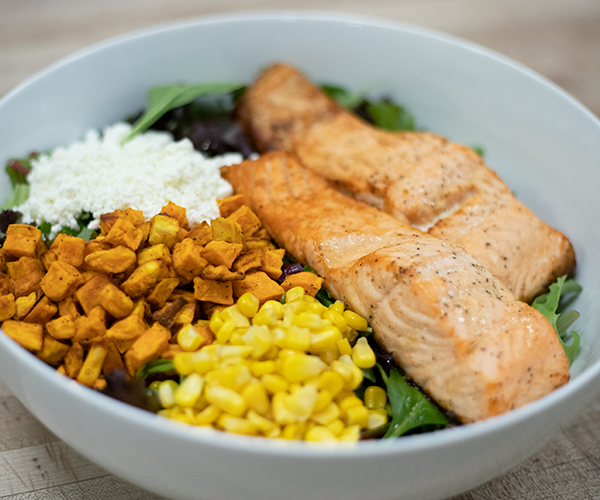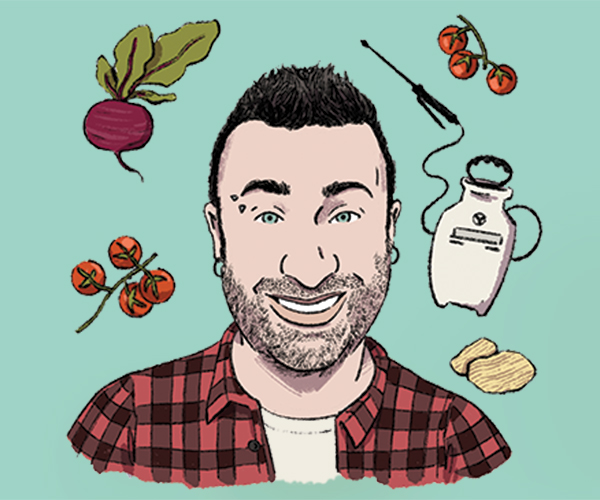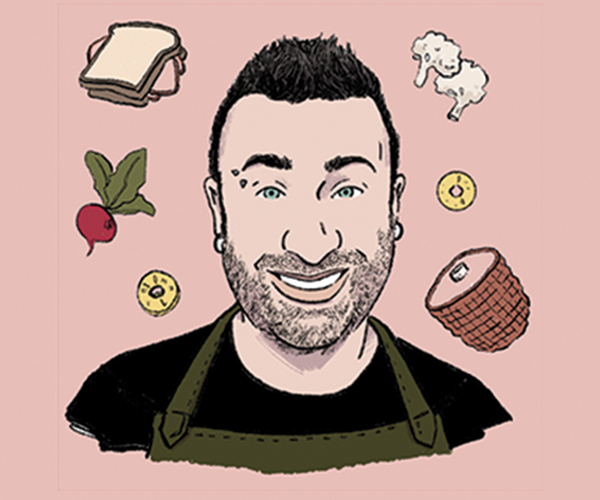Barley
This chewy grain has lots of insoluble fiber, which helps promote good digestion. But avoid the often-used pearled style, which loses much of its value during processing. Whole grain and barley flour are the best ways to reap barley’s beautiful benefits.
Try This: Swap out rice for barley and cook up a rich and delightfully nutty-tasting barley pudding.
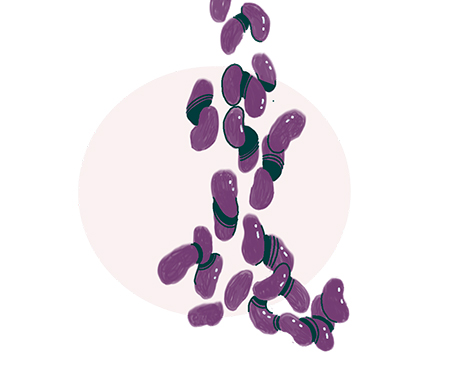
Black beans
Black beans have lots and lots of fiber, and they have the added benefit of making you feel full longer, thanks to the type of fiber — pectin — it has. They’re also high in antioxidants and can sub in for meat, especially in Mexican dishes.
Try This: Do a quick online search for black bean brownie recipes (they replace some of the oil and flour in most recipes) and take your pick. Trust us, you’ll be amazed.
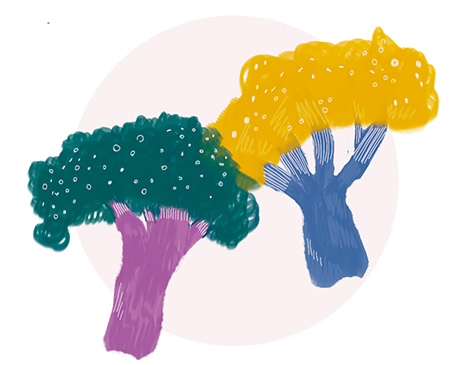
Broccoli
Broccoli has a lot of fiber and more protein than most other vegetables (around 3 grams per cup). It’s also got folate and iron, making it a particularly good choice during pregnancy.
Try This: You already know that broccoli is great in salads, but did you know it’s even better if it’s been flash-steamed first? Throw raw broccoli in boiling water for a minute, blanche in ice water, and toss into the salad for a less-aggressive crunch (not to mention a brighter green).
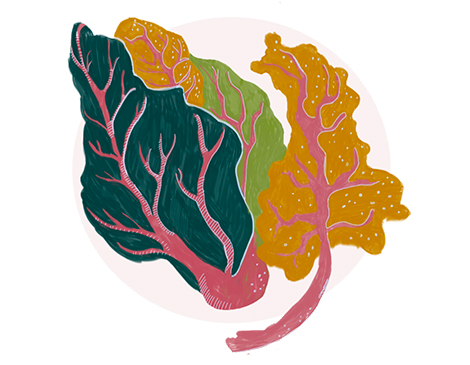
Chard
Swiss chard’s thick green leaves and stalks are stuffed full of vitamin K: just one cup offers more than seven times the recommended daily value of it. Chard also tips the scales on vitamin A (more than twice the recommended daily value) and offers protein and fiber.
Try This: Instead of basil, use chard in your next pesto.
Eggs
Perfectly packaged, eggs contain a lot of good in those fragile shells, including lots of protein. They also contain lutein, which helps support healthy eyes, and choline, which is important in cell building and tends to be lacking in most Americans’ diets.
Try This: Top your morning oatmeal with a sunny-side-up egg and some fresh fruit for a savory-sweet breakfast that will fill you up all day.
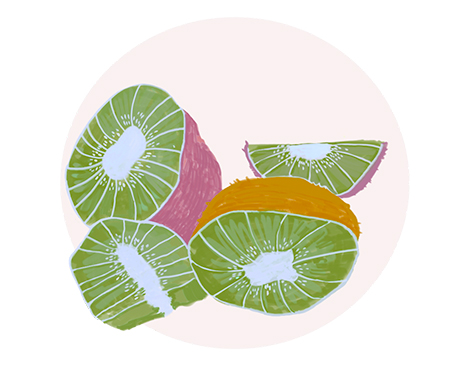
Kiwifruit
Kiwis are actually a Chinese berry, and like other berries, they’re full of vitamin C — just one has roughly two-and-a-half times the recommended daily value. Kiwis are also high in fiber, especially if you eat the somewhat-prickly, pleasingly tart skin (yes, it’s edible!).
Try This: Slice, skin-on, and grill, then layer on grilled meat for a savory-sweet entree.

Mushrooms
These fun-guys (sorry) contain copper, which the body needs to create red blood cells, and cup-for-cup have as much potassium as a banana. Plus, with nearly a dozen different varieties in a standard grocery store, these fungis are as various in type as they are versatile in use.
Try This: Add cleaned, raw mushrooms to a plate of crudites for a softer option, both in flavor and consistency.
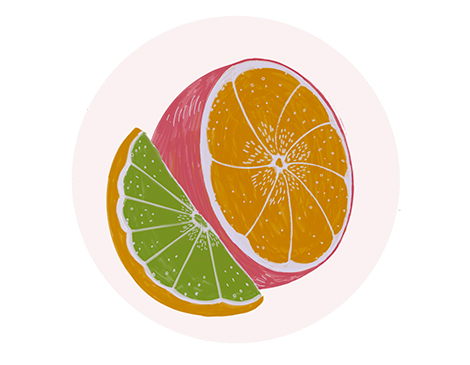
Oranges
Think beyond the juice. The pith and pulp provide lots of healthy fiber. These citrus fruits also pack vitamin C (more than 100% the recommended daily value per orange), potassium and folic acid.
Try This: Saute fish or chicken in garlic, butter and olive oil. Slice an orange thin, peel and all (remove seeds), and saute for a minute or so in the pan after the cooked meat is removed. Then place the slices atop the meat to serve.
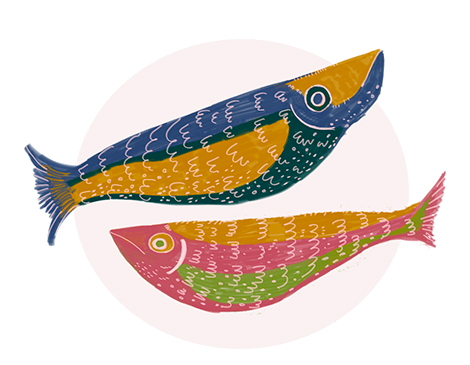
Sardines
These tightly packed little fishies have more calcium per serving than a glass of cow milk, plus vitamin D to help with absorption. And there’s a lot of omega-3 fatty acid packed in there, too.
Try This: Buy them by the pound from a fish monger for a fresher taste than canned, toss in olive oil, garlic, oregano and lemon juice, and roast at 400 degrees for around 15 minutes.
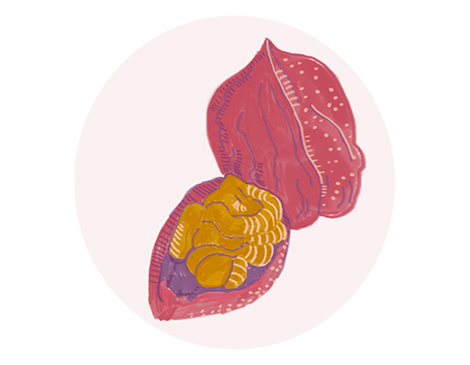
Walnuts
Walnuts pack a considerable punch in terms of health benefits: They’ve been credited with everything from lowering cholesterol, blood pressure and inflammation to increasing omega-3 fatty acids and antioxidants.
Try This: Toss a few into a stir fry towards the end of cooking (just long enough to heat through and soften a bit) for a nutty crunch.


